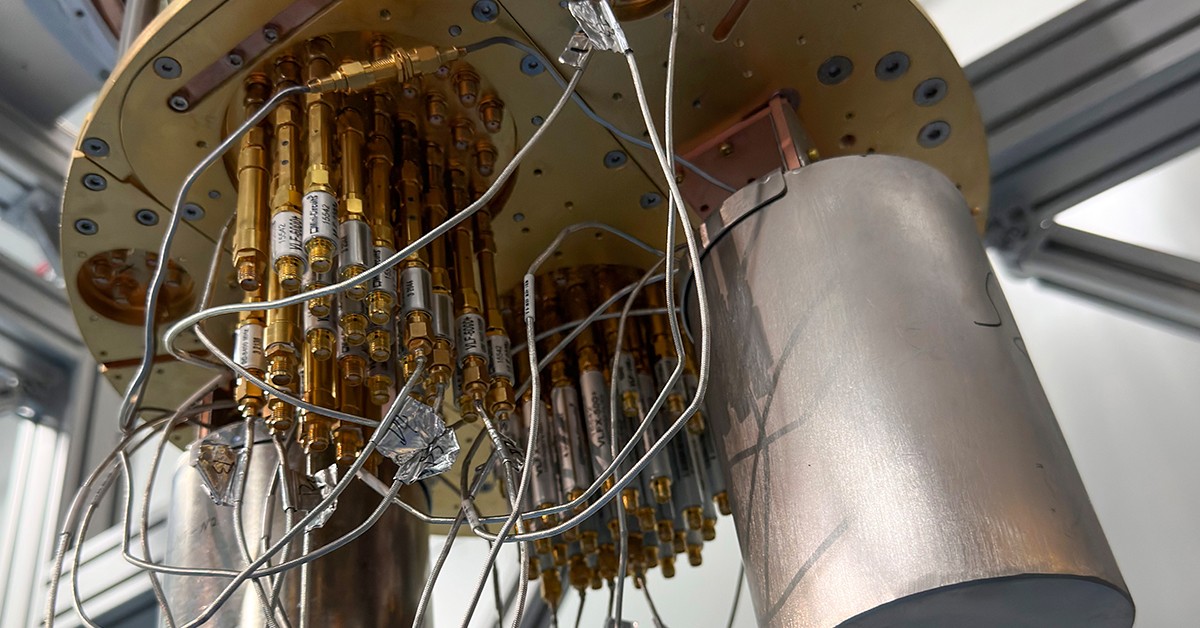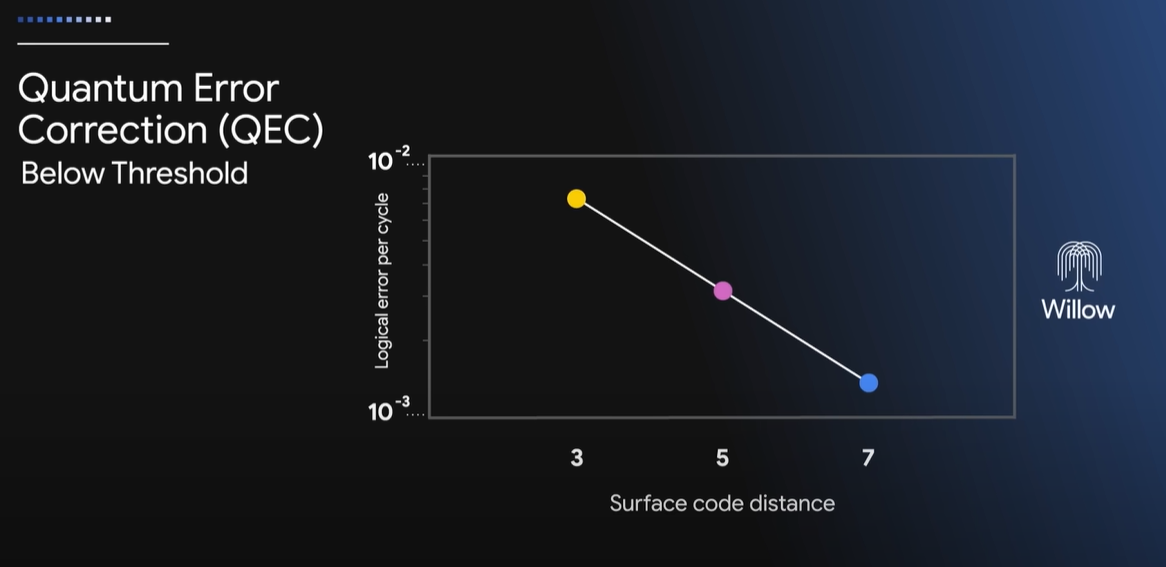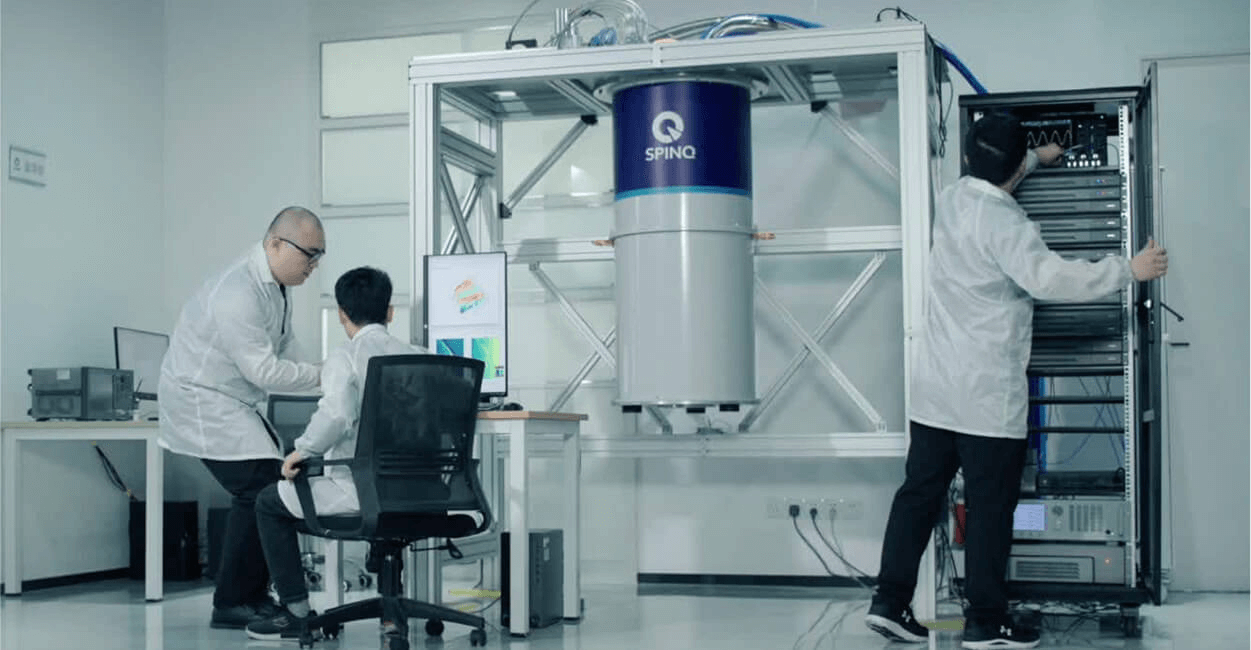Superconducting Quantum Computing: Breakthroughs & Insights
2025.02.11 · Blog
Superconducting Quantum Computing: A Deep Dive into the Future of Computation
Introduction: The Rise of Superconducting Quantum Computing
Quantum computing is poised to revolutionize industries from pharmaceuticals to artificial intelligence. Among various quantum hardware technologies, superconducting quantum computing stands out as the most commercially advanced and scalable approach.
But how does it work? Why are quantum computing companies like Google, IBM, and SpinQ investing heavily in it?
This article explores superconducting quantum computing from multiple angles, including its working principles, major breakthroughs, applications, and future directions.
How Superconducting Quantum Computing Works
Superconducting quantum computers leverage superconducting qubits, tiny electrical circuits made from materials like niobium or aluminum, which exhibit zero electrical resistance when cooled to ultra-low temperatures (near absolute zero).
The Role of Josephson Junctions
At the heart of superconducting qubits are Josephson junctions, which allow electrons to tunnel through an insulating barrier without resistance. This unique quantum mechanical behavior enables the creation of quantum superposition and entanglement, key principles that make quantum computing powerful.
Circuit Quantum Electrodynamics (circuit QED)
Superconducting qubits interact with microwave photons inside superconducting cavities in a framework called circuit quantum electrodynamics. This allows precise manipulation and measurement of quantum states, essential for performing complex computations.
Why Superconducting Qubits? Advantages Over Other Quantum Technologies
While multiple approaches to quantum computing exist, superconducting qubits offer several distinct advantages:
1. Fast gate operations: Superconducting qubits perform quantum gates in nanoseconds, significantly faster than trapped-ion qubits.
2. Scalability: Fabrication techniques used in semiconductor industries can be adapted to scale superconducting qubits efficiently.
3. Industry adoption: Quantum computing companies such as Google, IBM, Amazon, and SpinQ are actively developing superconducting quantum processors, accelerating progress.
Key Challenges and Limitations of Superconducting Qubits
Despite rapid progress, superconducting quantum computing still faces critical hurdles:
1. Decoherence and Noise
Superconducting qubits are extremely sensitive to their environment. Even the slightest thermal or electromagnetic noise can cause decoherence, leading to loss of quantum information. This limits the duration of reliable computations.
2. Quantum Error Correction (QEC)
Due to decoherence and operational errors, quantum error correction is essential for practical superconducting quantum computing. While techniques like surface codes are improving error rates, large-scale fault-tolerant systems remain a major challenge.
3. Cryogenic Cooling Requirements
Superconducting qubits require dilution refrigerators operating at millikelvin temperatures, making quantum processors highly energy-intensive and costly to maintain. Innovations in cryogenics and materials science are crucial for overcoming this limitation.

Recent Breakthroughs in Superconducting Quantum Computing
1. Google's Breakthrough in Quantum Error Correction
Google AI's latest breakthrough comes from the Willow quantum chip, a superconducting quantum processor designed to enhance computational power and reduce errors. Following the 2019 quantum supremacy milestone achieved with Sycamore, Google has significantly improved quantum error correction (QEC) techniques and enhanced qubit fidelity with Willow.
Willow incorporates higher-quality superconducting materials and utilizes surface code quantum error correction, enabling it to execute more complex quantum computations while significantly reducing error rates. This advancement marks a crucial step toward achieving fault-tolerant quantum computing.

2. SpinQ's Efforts in Practical Superconducting Quantum Computing
SpinQ is dedicated to developing industry-grade, practical superconducting quantum computers that can solve real-world problems.
Unlike traditional quantum systems limited to academic research, SpinQ's superconducting quantum computers are designed for real-world applications, addressing challenges in industries such as finance, pharmaceuticals, and artificial intelligence.
By pushing the boundaries of quantum hardware stability, error correction, and computational efficiency, SpinQ is making quantum computing a useful and accessible tool for enterprises seeking practical solutions.

3. IBM's Roadmap Toward 1000+ Qubits
IBM has outlined a roadmap to scale superconducting qubit processors beyond 1,000 qubits, aiming for fault-tolerant quantum computing by the 2030s.
A key milestone in this journey is Condor, a 1,121-qubit superconducting quantum processor built using IBM's cross-resonance gate technology. This achievement marks a significant step toward more powerful and scalable quantum systems.
4. 72 GHz Superconducting Qubit: A Step Toward Scalable Quantum Computing
Researchers have demonstrated a superconducting qubit operating at 72 GHz, marking a significant step toward more scalable and cost-efficient quantum computing.
This breakthrough, led by scientists from the University of Chicago and Stanford University, shows that qubits can achieve coherence times of about 1 microsecond at higher frequencies while reliably operating at temperatures up to 250 millikelvin—much higher than the sub-50 millikelvin required by traditional aluminum-based qubits.
Higher operating temperatures reduce the complexity and cost of cryogenic systems, making it easier to scale quantum processors. By addressing key challenges like heat management and qubit scalability, this advancement could pave the way for more practical superconducting quantum computers
Applications of Superconducting Quantum Computers
Superconducting quantum computers have the potential to transform various industries:
Pharmaceuticals: Accelerating drug discovery by simulating molecular interactions at quantum scales.
Artificial Intelligence: Enhancing machine learning algorithms with quantum speedups.
Financial Modeling: Optimizing investment portfolios and risk analysis.
Cryptography: Enabling quantum-safe encryption and breaking classical cryptographic systems.
Material Science: Discovering new materials for superconductors, batteries, and semiconductors.
The Future of Superconducting Quantum Computing
With continuous improvements in qubit coherence, quantum error correction, and scalability, superconducting quantum computers are steadily advancing toward real-world commercial applications. Experts predict that within the next decade, hybrid quantum-classical systems will solve problems once considered unsolvable.
Moreover, research into topological superconducting qubits and high-temperature superconductors could further revolutionize the field, potentially eliminating the need for extreme cryogenic cooling.
Overall, the future of superconducting quantum computing is optimistic, acknowledging its current prominence while recognizing the challenges that remain.
While superconducting qubits lead in scalability and integration with classical systems, practical advancement depends on overcoming high error rates and decoherence. Achieving this will require improved materials, fabrication techniques, and more advanced error correction methods.
In the near term, progress is expected in hybrid quantum-classical systems designed for specialized tasks, such as quantum simulations and optimization. However, realizing fault-tolerant, large-scale superconducting quantum computers remains a long-term goal. This will require sustained innovation in qubit coherence, control architectures, and cross-disciplinary collaboration.
The path forward will likely focus on incremental engineering breakthroughs rather than immediate revolutionary leaps, with success dependent on balancing theoretical advancements with practical scalability.
Conclusion
Superconducting quantum computing has emerged as a leading contender in the race for practical quantum computers. Despite challenges like decoherence and cooling constraints, rapid advancements by Google, IBM, and SpinQ are driving the field forward.
As research progresses, superconducting quantum computers will play a critical role in unlocking new computational frontiers, shaping the future of AI, cryptography, and beyond.
FAQs
1. What does a superconducting qubit look like?
A superconducting qubit looks like a small, intricate circuit etched onto a silicon chip, often resembling a maze-like pattern. It consists of thin superconducting metal traces, typically aluminum or niobium, with Josephson junctions appearing as tiny gaps. The chip is usually mounted on a gold-plated holder and connected to control wiring, all housed inside a cryogenic chamber to maintain ultra-low temperatures.
2. What are the common types of superconducting qubits?
Transmon qubits – Improved coherence and reduced sensitivity to charge noise, widely used by IBM and Google.
Flux qubits – Encodes quantum information in magnetic flux states, known for fast gate operations.
Phase qubits – Based on the phase difference across a Josephson junction, though less commonly used today.
Fluxonium qubits – Enhanced coherence times by using a large inductance to suppress noise.
Each type has unique advantages, but transmon qubits are the most commercially adopted due to their stability and scalability.
3. What is the first superconducting qubit?
The first superconducting qubit was the Cooper-pair box, introduced in 1999 by a team of Japanese researchers led by physicist Yasunobu Nakamura. It used a superconducting island coupled to two superconducting electrodes through a Josephson junction.
This early design laid the foundation for the development of more advanced superconducting qubits, such as the transmon qubit, which is now widely used in quantum computing.

